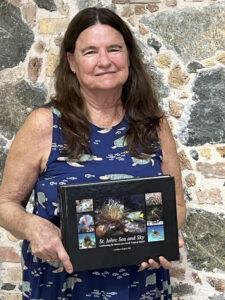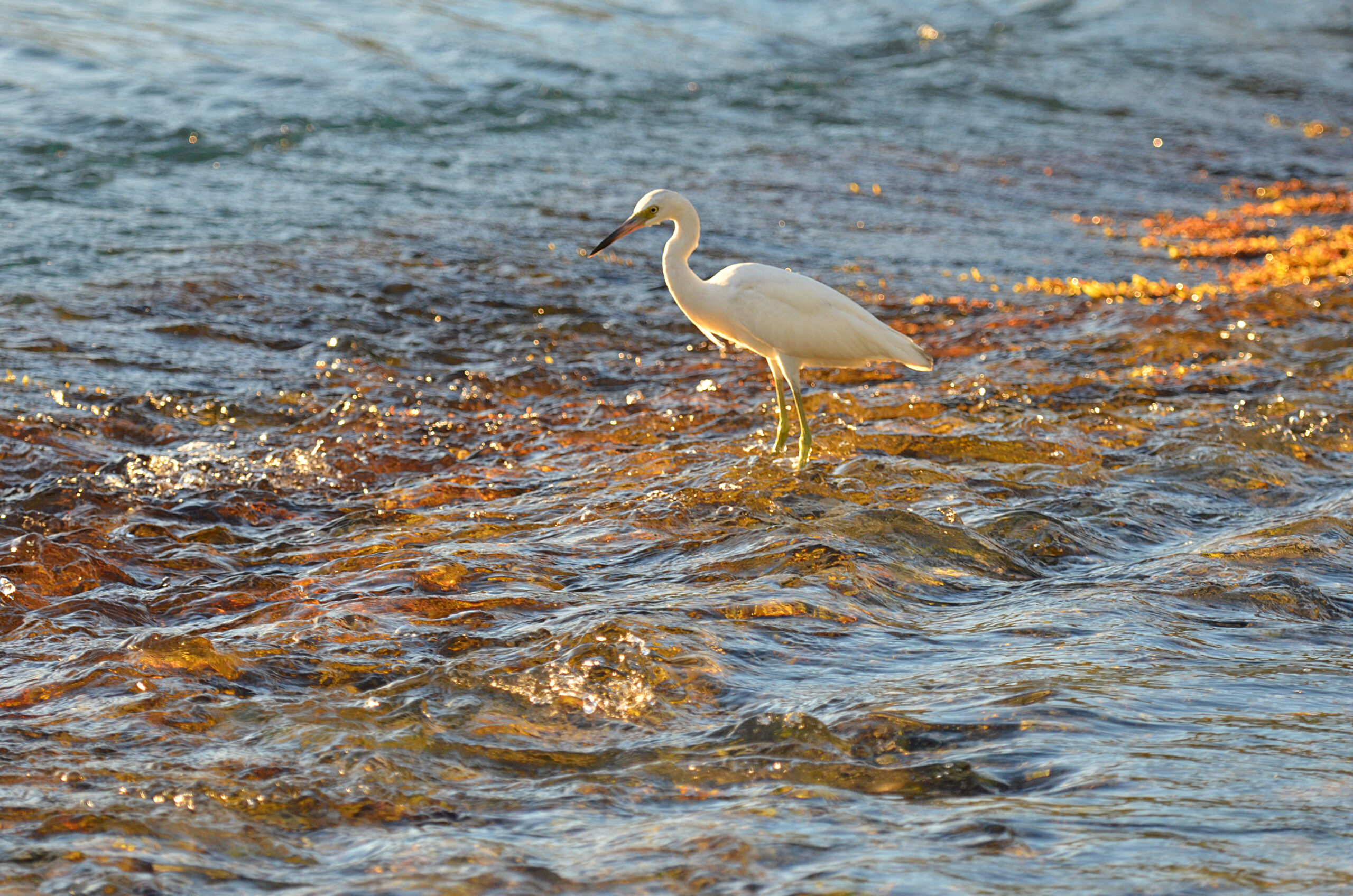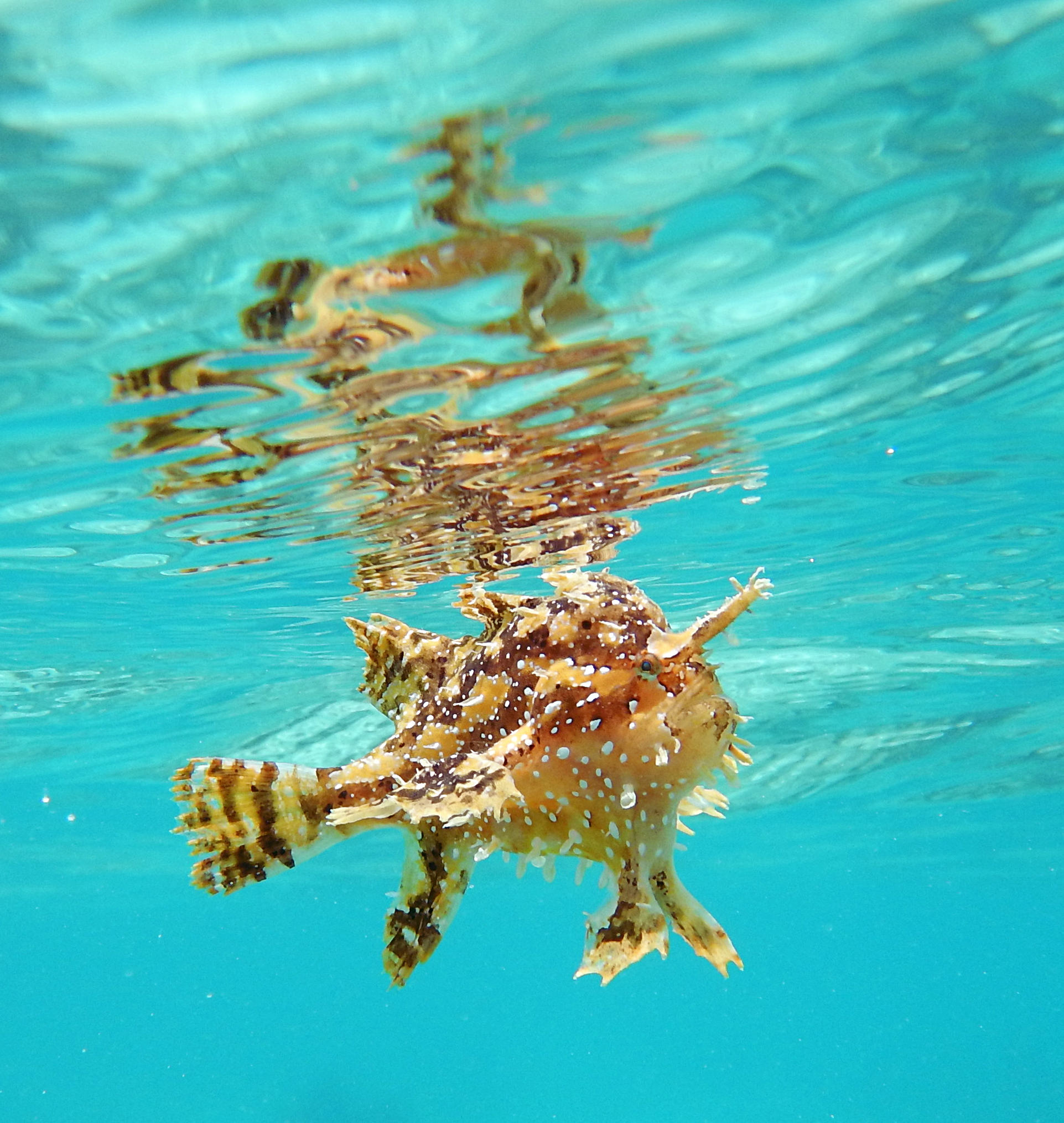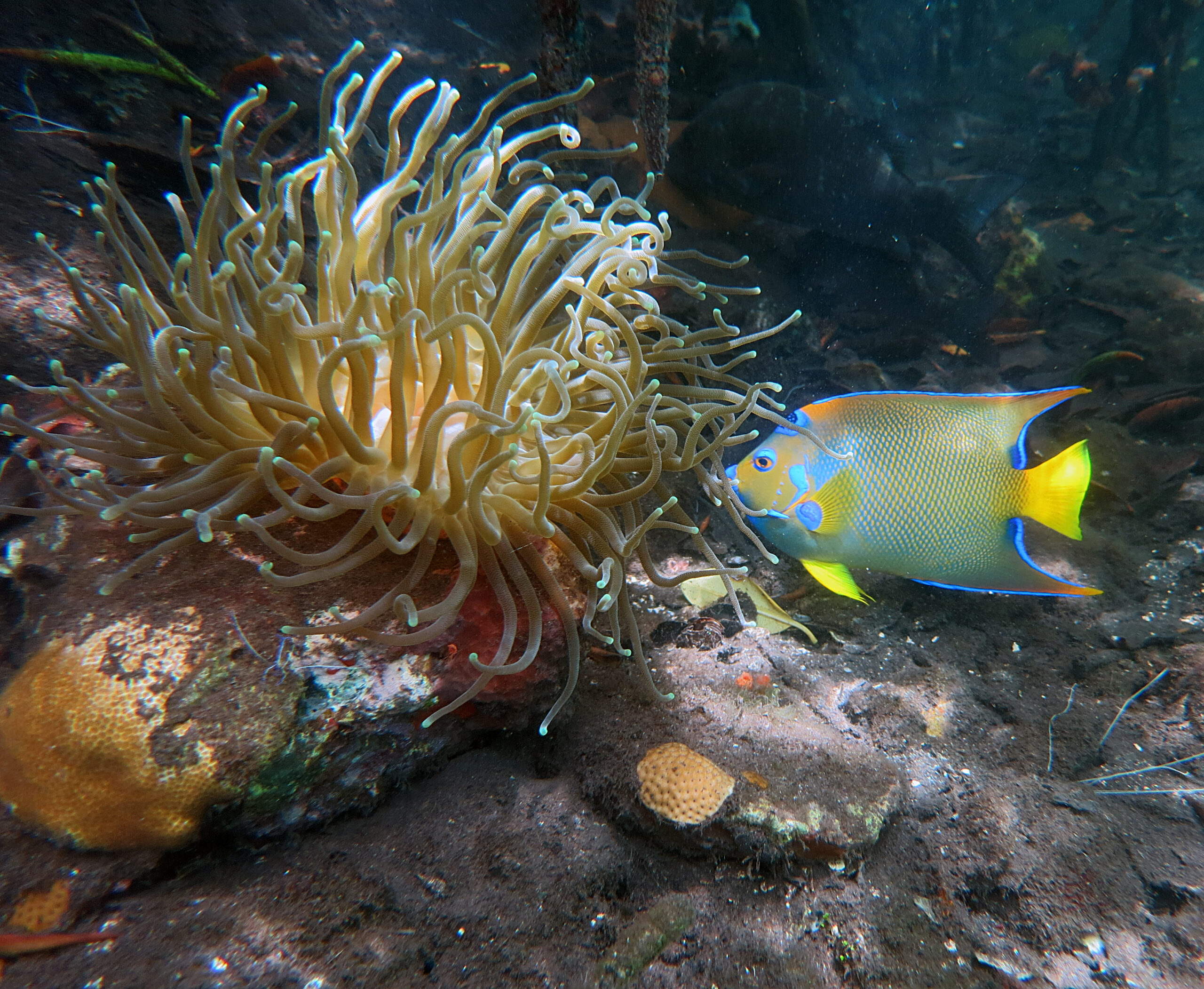
Every few years, someone in the Virgin Islands publishes a book of nature photography that is bound to become a classic, a book that reminds locals about why they love where they live and stirs up the longing to return among those who have come and gone.
This year’s contender is “St. John Sea and Sky: Celebrating the Nature of a Small Tropical Island.” Written by Caroline S. Rogers, Ph.D., this hardcover book is comprised of 435 full-color photos of creatures that live in the sea and fly above it.
“St. John Sea and Sky” is the culmination of Rogers’ nearly 40-year career as a marine ecologist based in the Virgin Islands National Park. She began as a scientist but soon developed the eye of a photographer as she documented the remarkable wildlife she encountered.
One of the book’s virtues is that each photo is indexed with the scientific name of the creature featured in the photo as well as the location where the image was taken.
Rogers didn’t intend the book to be used as a species identification guide, but readers will appreciate being able to distinguish from the photos and captions the difference between a Green Heron and a Tricolored Heron, or a Smooth Trunkfish from a Spotted Trunkfish.

Rogers is an avid snorkeler, and she’s pleased that all the animals she’s presented in the book are accessible to anyone who can snorkel, though, of course, some of her subjects, like the sargassum frogfish, are rarely seen.

The book was eight years in the making, during which the marine and shoreline creatures have been subjected to destructive hurricanes, devastating stony coral tissue loss disease, and disastrous bleaching events, but Rogers has decided to focus on what remains rather than what has been lost.
“I never thought I’d see so much loss of the coral reefs in my lifetime,” said Rogers. “I’m finding it astonishing that we’re now talking about individual coral colonies, like ‘How’s that pillar coral doing out in Hurricane Hole?’ It’s like talking about the survival of a single notable redwood tree.”

“I can’t sugar coat how bad things are, and I can’t say that I’ve seen a lot of recovery, but there are still moments of magic,” Rogers continued. “When I finished the book on the last day of August, I went for a swim at Maho Bay. Right in the center of the bay, I saw a Spotted Eagle Ray – an especially beautiful one with high-contrast white circles on black spots; it came up and circled around me four times, then looked me right in the eye. Even with the loss of the coral, there are still wonderful things to see, and they’re accessible just by walking off the beach.”
Rogers’ new book is now available at several locations on St. John, including the Kimberly Boulon Fine Art Gallery, St. John VI Pottery, Mumbo Jumbo and Pirates Cove.
Kimberly Boulon Fine Art Gallery will be hosting two book signing events – the first will be Thursday and the second on Tues., Dec. 19. Both are from 3 to 6 p.m. The hardcover book retails for $48. The book is not currently available through the Internet; those who want a copy but can’t get to the shops on St. John can contact Rogers by email at stjohnseaandsky@gmail.com.
Rogers has published two other photography books about marine life, “Coral Reef Stars” (2009) and “The Mysterious, Magical Mangroves of St. John, US Virgin Islands” (2011), as well as cards and photographs on printed metal.
She credits her editorial team, including her sister Helene Rogers Smart, former VINP ranger Chuck Weikert, and graphic artist Carly (Kauffman) Meng with pushing her to complete and perfect this comprehensive volume.


